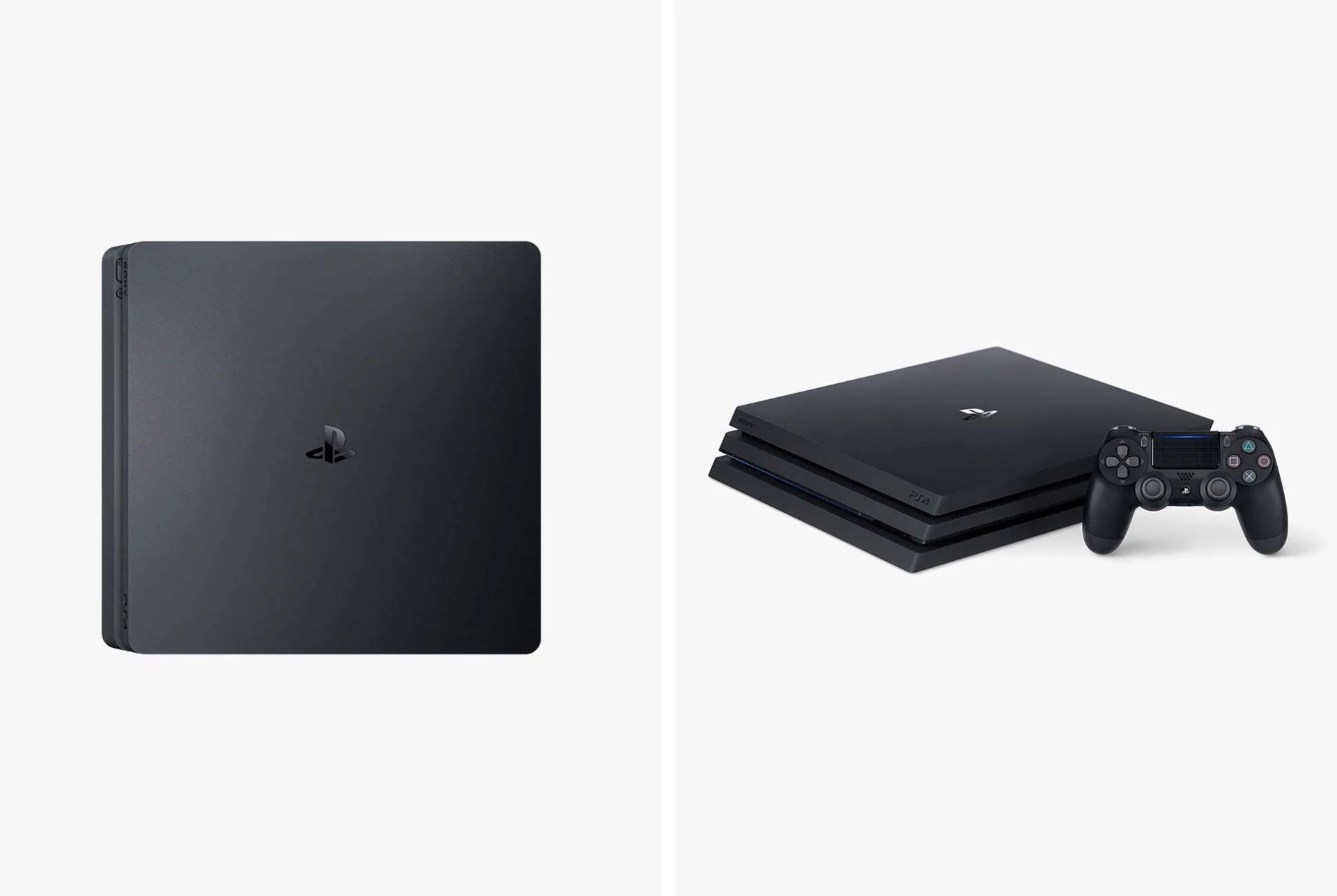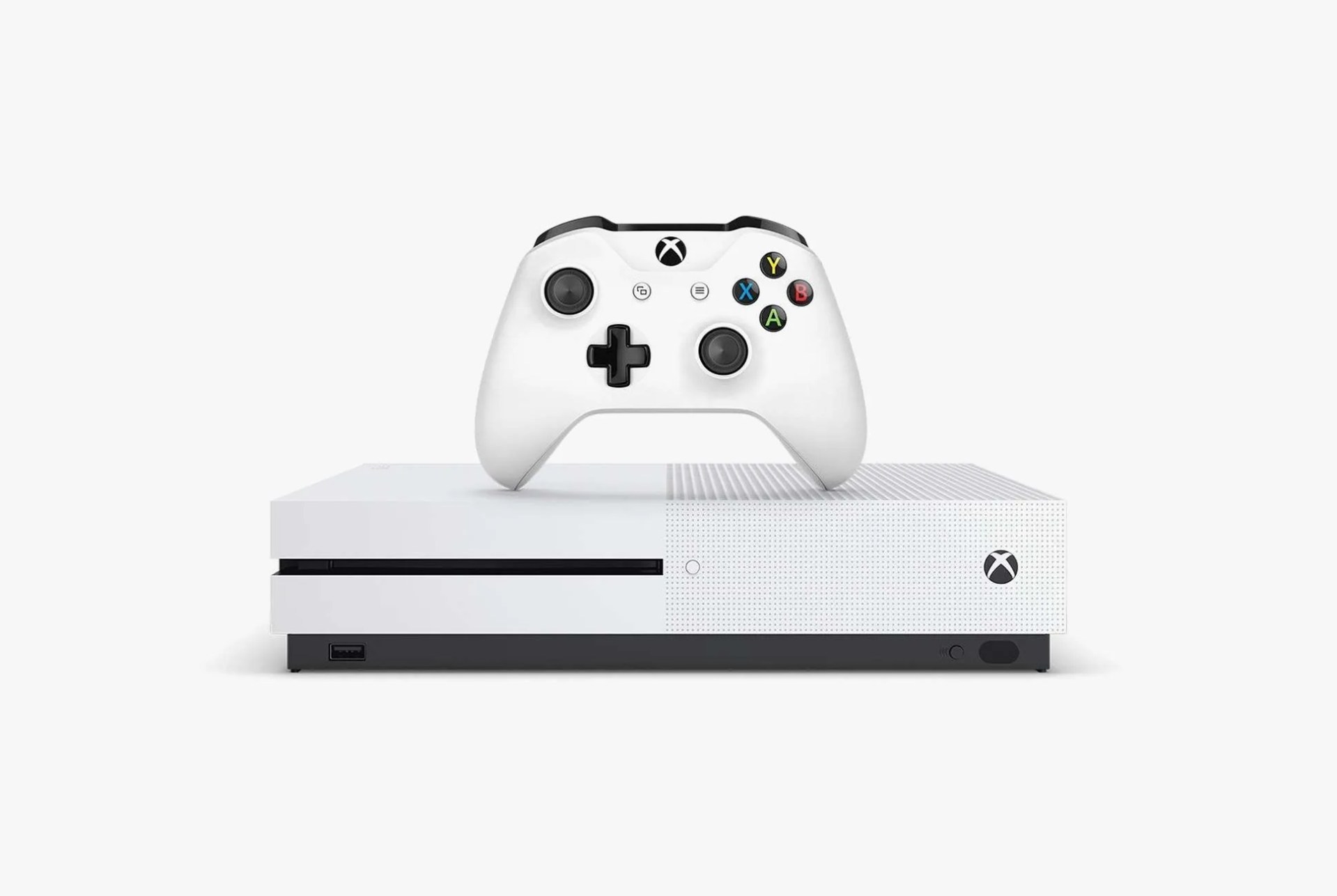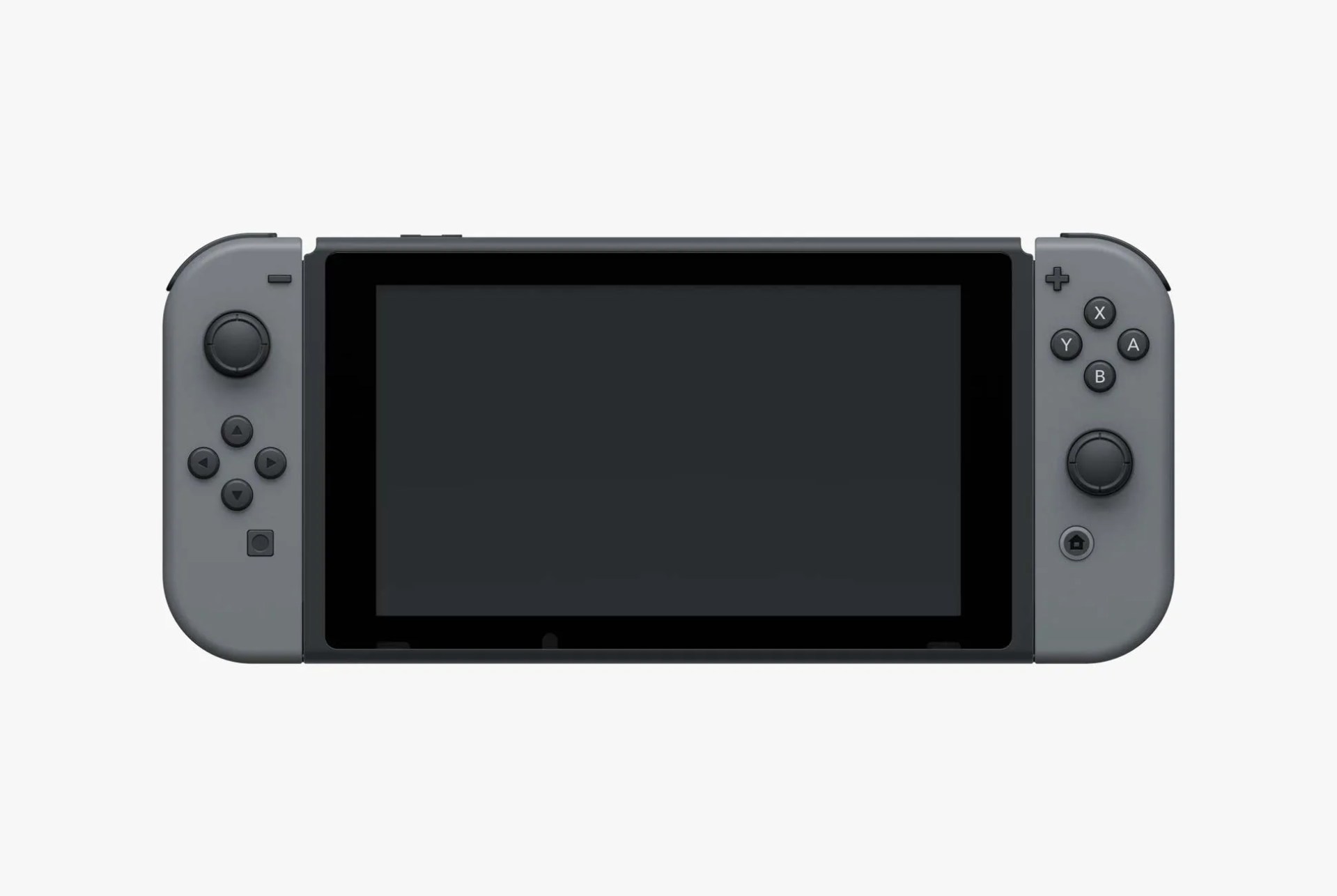I was five when my parents bought me a Super Nintendo, and I was so bad at it that I forced them to hire baby sitters who could beat Donkey Kong Country and Yoshi’s Island for me. A good portion of my adolescent years was spent playing Sega Dreamcast: Hydro Thunder, Power Stone and Toy Commander. At 13, I unwrapped an Xbox and multi-friend-sleepovers-a.k.a.-Halo-tournaments prevailed. I then went through several Xbox 360s — and several red rings of Death — before graduating college and purchasing an Xbox One.
At 28 years old and several years into my professional career, I still own an Xbox One and play FIFA online with friends who live all over the country. I’m a big fan of indie titles, too, like Child of Light, Firewatch, Inside and Ori and the Blind Forest. The point is, video games are still a big part of my life. And because I grew up with them, I think they always will be.
2017 is an incredible time to be a console gamer. The Nintendo Switch is here, and The Legend of Zelda: Breath of the Wild is one of the highest-rated games ever. (Polygon gave it a 10/10.) Sony has the PS4 and the PS4 Pro; Microsoft has the Xbox One S and, coming this November, the Xbox One X, which will be the most powerful gaming console ever.
All of which means that 2017 is also a frustrating time to invest in a new console. I’ve never owned a PlayStation console in my life, but because it has so many more exclusive games — Persona 5, Horizon: Zero Dawn, Bloodborne, The Last Guardian, the list goes on — I’ve considered cashing in on a PS4 Pro. The only thing that’s held me back is that all my friends have Xbox Ones and I pay a monthly Xbox Live subscription to play with them. I’ll probably end up buying a Nintendo Switch when I convince myself it’s a portable console that won’t affect my Xbox hours.
So which home gaming console should you buy next? The decision ultimately comes down to three factors: 1) how you plan on using the console (games and streaming?), 2) which games you want to play, and 3) who you want to play with. To answer these and any other burning questions, we’ve outlined the pros and cons of the latest offerings below.
Sony

What to Know: Between the PS4 Slim ($263) and PS4 Pro ($400), the big difference — other than price, which will fluctuate depending on the storage size, bundle and deal — is power. The PS4 Pro outputs and upscales video content at 4K resolution and also supports HDR; the PS4 Slim does neither. If you have a 4K TV and plan to use your console for Netflix, or you plan play buying a PlayStation VR headset ($350), the PS4 Pro is easily worth the money. Sony has also started releasing 4K games that are specifically optimized to fully take advantage of the PS4 Pro’s superior graphical processing power. Both consoles will be able to play the same games, but the visual experience will be different.



